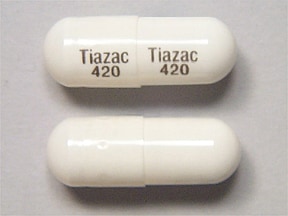

Prevention of thromboembolism – initiated in hospital with medication Maintenance of sinus rhythm – done in-hospital Rate control – can be accomplished in the field with medication Patients will need intervention when the heart rate is over 100 and they are symptomatic. The varying stroke volume (amount of blood pumped out of the ventricle with each contraction) decreases and causes the cardiac output to decrease. When the patient sustains a rapid heart rate it could lead to an increased risk of myocardial damage (cardiomyopathy) and deterioration into ventricular fibrillation. Blocking the movement of calcium relaxes vascular smooth muscle (decreasing peripheral resistance) lowering the blood pressure and slowing conduction through the AV node which slows the heart rate which will reduce the work load of the heart. Calcium contributes to the contraction of the heart and constriction of the arteries. According to :Ī calcium channel blocker used to slow the ventricular rate of rapid atrial fibrillation and atrial flutter. What is Cardizem Used for and How Does it Work?Ĭardizem is a medication administered for cardiac conditions. Your employer’s policy is your source of truth. The following is general information about titrating a Cardizem drip. You should make sure that you are familiar with your facilities policy on the subject of Cardizem drips before you take responsibility for this nursing skill.

Depending on your floor there may actually be policies that state that you should transfer patients to critical care or intensive care units if they require titration on a Cardizem gtt. Patients who require Cardizem are usually facing life-threatening conditions like A-fib and this can be very stressful to a nurse who doesn’t typically deal with this sort of condition. Many nurses are apprehensive about having to titrate a Cardizem drip.


 0 kommentar(er)
0 kommentar(er)
